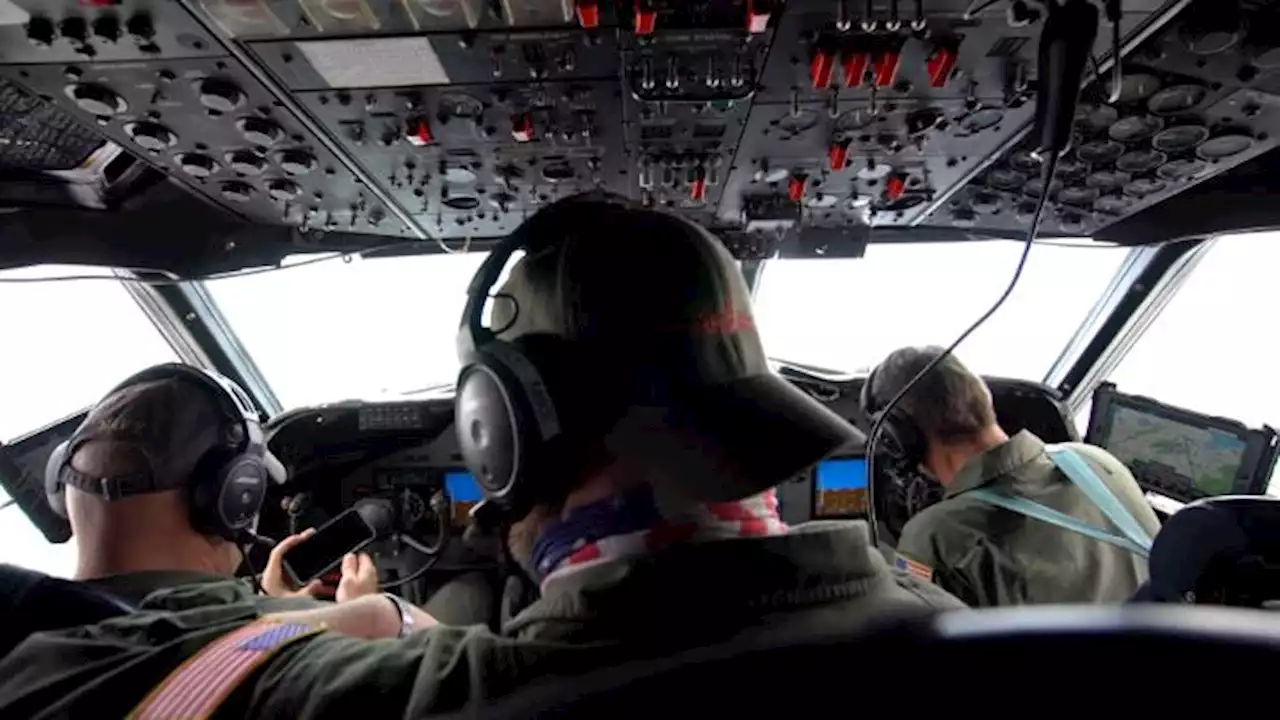NASA plans to deorbit the International Space Station in 2031 by crashing it into the ocean. But is there another way?
. Of course, you couldn't actually use a 747 engine because that requires air, and there's not nearly enough air in low Earth orbit for that to work.? These are the kind used in the SpaceX Falcon Heavy second stage. Rocket engines produce thrust by expelling mass out of a nozzle. You can get more thrust by increasing the rate of fuel use or by increasing the velocity of the material as it leaves the engines. The Merlin 1D can produce a thrust of up to 981,000 Newtons.
One way to describe the performance of a rocket is with the specific impulse. If you take the average rocket thrust and multiply this by the time interval that the rocket fires, that would give you the impulse. Dividing the impulse by the weight of the rocket gives the specific impulse. The Merlin 1D has a specific impulse of 348 seconds:Since I know the thrust force and the time interval, I can use this to calculate the total mass required to stop the ISS in its orbit. This gives a mass of just under 1 million kilograms. If the fuel had the same density as water, it would fill up about half of an Olympic size pool. Yes, that isOK, maybe you can see why spacecraft don't use rockets to de-orbit.
But if it's not possible to stop the ISS before bringing it down through the atmosphere, there's really no hope of getting it back to Earth in one piece. So if we’re not happy with the other two options—leaving it in LEO and reboosting it from time to time, or allowing it to re-enter and crash into the ocean—there’s only one possibility left. We could push it to a higher orbit where there's essentially no air drag and it could stay there unbothered. Of course, it would take more energy to get there to provide that push—so you would need a bigger rocket. And you wouldn’t want it to become high-flyingPersonally, I sort of like the last option.
United States Latest News, United States Headlines
Similar News:You can also read news stories similar to this one that we have collected from other news sources.
NASA says US-Russia 'civil space cooperation' to continue aboard International Space StationNASA says it will continue to work with Russia's Roscosmos space agency aboard the International Space Station despite new sanctions against the country over its invasion of Ukraine.
Read more »
 New Russia sanctions won't imperil ISS operations, NASA saysChelsea “Foxanne” Gohd joined Space.com in 2018 and is now a Senior Writer, writing about everything from climate change to planetary science and human spaceflight in both articles and on-camera in videos. With a degree in Public Health and biological sciences, Chelsea has written and worked for institutions including the American Museum of Natural History, Scientific American, Discover Magazine Blog, Astronomy Magazine and Live Science. When not writing, editing or filming something space-y, Chelsea 'Foxanne' Gohd is writing music and performing as Foxanne, even launching a song to space in 2021 with Inspiration4. You can follow her on Twitter chelsea_gohd and foxannemusic.
New Russia sanctions won't imperil ISS operations, NASA saysChelsea “Foxanne” Gohd joined Space.com in 2018 and is now a Senior Writer, writing about everything from climate change to planetary science and human spaceflight in both articles and on-camera in videos. With a degree in Public Health and biological sciences, Chelsea has written and worked for institutions including the American Museum of Natural History, Scientific American, Discover Magazine Blog, Astronomy Magazine and Live Science. When not writing, editing or filming something space-y, Chelsea 'Foxanne' Gohd is writing music and performing as Foxanne, even launching a song to space in 2021 with Inspiration4. You can follow her on Twitter chelsea_gohd and foxannemusic.
Read more »
 Storm Chasing Scientists Fly Into the Clouds to Understand Winter Snowstorms – NASA Earth Expeditions
Storm Chasing Scientists Fly Into the Clouds to Understand Winter Snowstorms – NASA Earth Expeditions
Read more »
 NASA is Upping the Power on its Lunar Wattage Challenge! - Universe TodayNASA and HeroX have launched Phase II of their Watts on the Moon Challenge, which will reward a total of $4.5 million for idea on how to distribute and store power for future lunar missions.
NASA is Upping the Power on its Lunar Wattage Challenge! - Universe TodayNASA and HeroX have launched Phase II of their Watts on the Moon Challenge, which will reward a total of $4.5 million for idea on how to distribute and store power for future lunar missions.
Read more »